MDI Biological Lab finds new way to heal wounds
An MDI Biological Laboratory professor has discovered a new way that wounds heal themselves, opening the door for research on new genes or drugs to promote healing.
While wounded tissues typically heal themselves by growing more cells through cell division to compensate for cells lost during injury, disease or aging, MDIBL Assistant Professor Vicki Losick found a different way the body heals: by enlarging existing cells rather than making more of them, according to the Bar Harbor-based laboratory.
She calls her healing discovery “wound-induced polyploidy,” Unlike typical cells that have two sets of chromosomes, one from each parent, polyploid cells have more than two paired sets of chromosomes.
The discovery is exciting, Losick noted in a prepared statement, because cells in humans have a limited capacity to divide, which may slow wound healing. But wound-induced polyploidy keeps the size and function of injured or diseased tissue by enlarging existing cells, creating an alternative way for the body to heal.
Researchers have known that some cells can grow in size for a while, but Losick’s discovery applies that ability to the body’s response to injury, she noted.
Losick first found the enlarging mechanism in a fruit fly, but collaborated with Johns Hopkins Medical School researchers in Baltimore to show that it also occurs in mammals.
“Our findings suggest that the cellular damage caused by cell loss or wounding leads to different mechanisms of tissue repair — cell proliferation or cell growth — depending on context,” that is, the type of wound, Losick said. “Now that we have discovered that wound-induced polyploidy is a widely used part of the body’s healing arsenal, we can look for genes or drugs that promote healing by boosting the body’s ability to generate these extra-large cells.”
MDIBL is known for its research on new therapies to repair and regenerate tissue. Losick and her collaborator at Johns Hopkins published their research in the peer-reviewed scientific journal PLOS ONE.
Read more
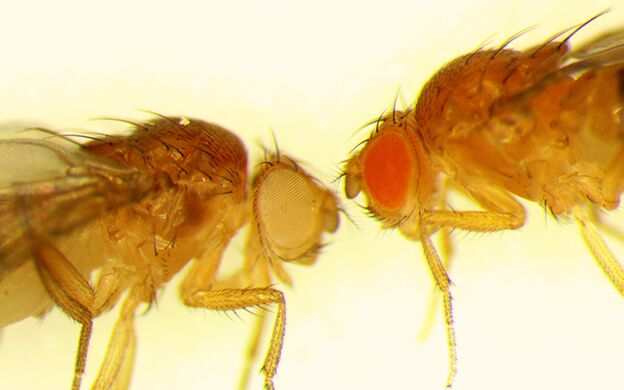
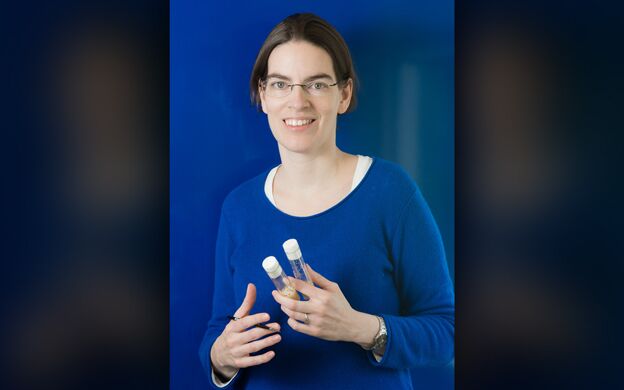
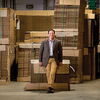
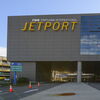


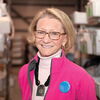
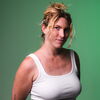




Comments